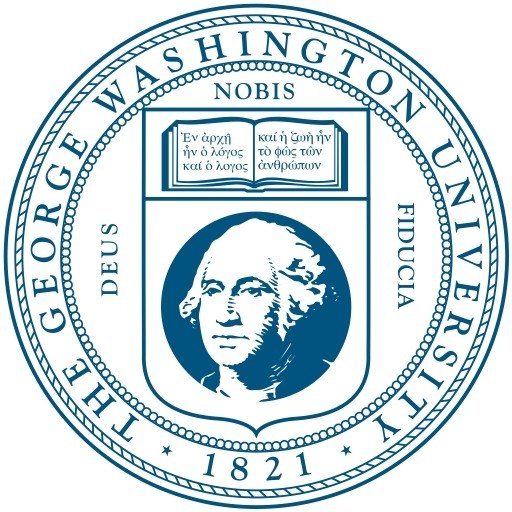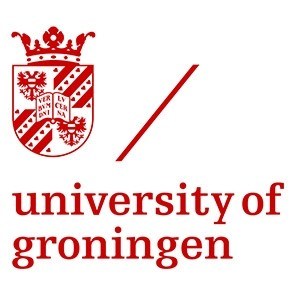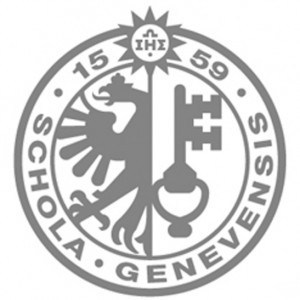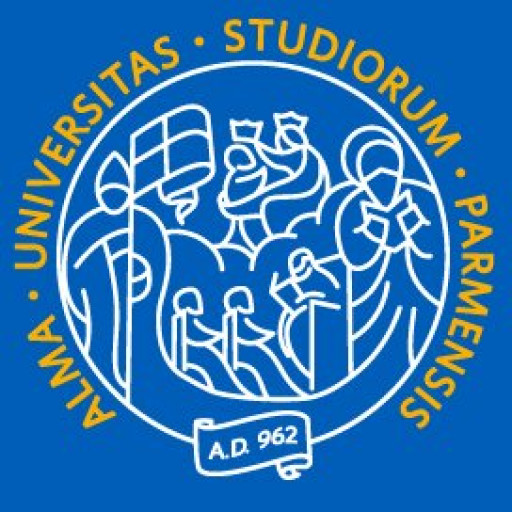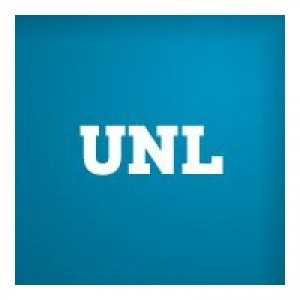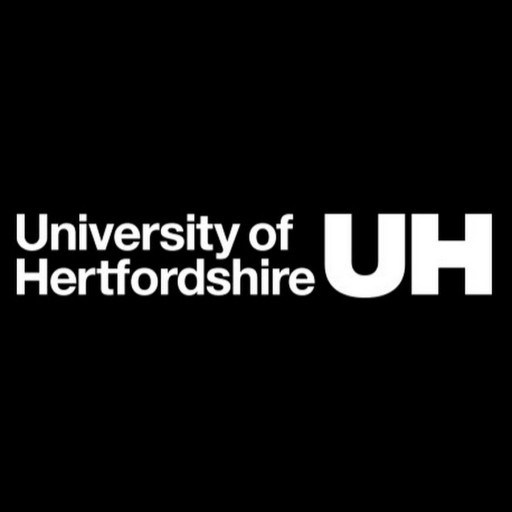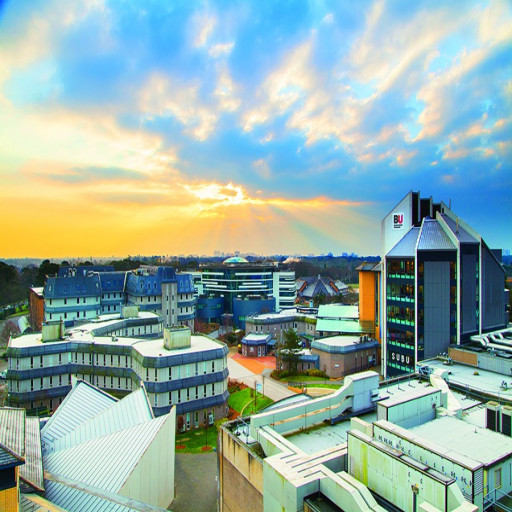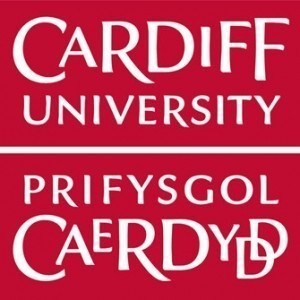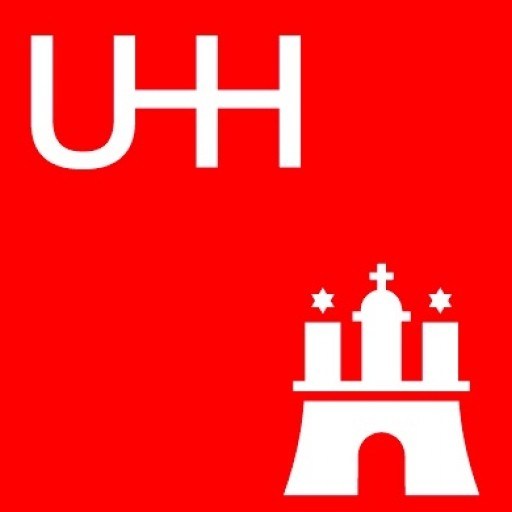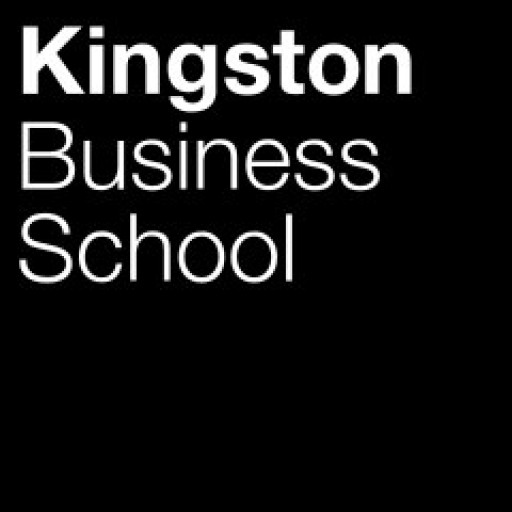Photos of university / #gwuniversity
The Bachelor of Fine Arts in Photojournalism program is an ideal training ground for a new generation of creative visual reporters and documentarians. Photojournalism majors learn the traditions of visual reportage and are introduced to the new media and skill sets required in this rapidly changing field.
Students begin with a thorough grounding in the history, techniques, aesthetics, practices and critical understandings of photojournalism. From there, students can advance their photography, audio and video skills in the context of real-life client interaction and project development. Students spend their final year in an intensive sequence of courses devoted to preparing their thesis. The thesis is an expression of each student's individual interest and ambition as a visual journalist. The thesis work is exhibited in the galleries of the former Corcoran Gallery of Art in the annual student exhibition, NEXT at the Corcoran.
The program's faculty includes working photographers from The Washington Post and other news media, White House photography staff and picture editors from National Geographic. The curriculum includes a variety of fine art components that stress the importance of individual creativity in today's marketplace alongside classes that emphasize the legal, ethical and economic challenges of the profession.
With its location in the heart of Washington, D.C., the Corcoran School of the Arts and Design gives photojournalism students access to a constant procession of news and documentary subjects. As the program progresses, faculty also help students identify internship and career possibilities that can advance their photography, audio and video skills further, as well as study abroad programs that promote international, cross-cultural awareness.
Students in the Bachelor of Fine Arts in Photojournalism program have interned with The Washington Post, The Washington Times, MediaStorm, National Geographic magazine, The White House, The Pentagon and U.S. News & World Report.
Graduates of the program have secured positions at United Press International, U.S. News & World Report, Politico, The Wall Street Journal, The Washington Post and other major news outlets.
| First year, fall semester | ||
| CAH 1090 | Art History I: Art Now, Contemporary Perspectives in the Visual Arts | |
| CFN 1090 | First Year Studio I | |
| UW 1020 | University Writing | |
| Studio requirement | ||
| Studio elective | ||
| First year, spring semester | ||
| CAH 1091 | Art History II: Historical Perspectives in the Visual Arts | |
| CFN 1091 | First Year Studio II | |
| G-PAC: Math, social sciences, or humanities requirement | ||
| Studio requirement | ||
| Studio elective | ||
| Second year, fall semester | ||
| G-PAC: Social sciences, humanities, or math requirement | ||
| Studio 1 – Major requirement | ||
| 2 Studio electives | ||
| Major requirement | ||
| Second year, spring semester | ||
| G-PAC: Natural or physical science requirement | ||
| G-PAC: Social sciences or humanities requirement | ||
| Studio 2 – Major requirement | ||
| Studio elective | ||
| Major requirement | ||
| Third year, fall semester | ||
| G-PAC: Natural or physical science requirement | ||
| Studio elective | ||
| Studio 3 – Major requirement | ||
| Art history requirement | ||
| Seminar I | ||
| Third year, spring semester | ||
| G-PAC: Social sciences, humanities, or math requirement | ||
| Studio 4 – Major requirement | ||
| Studio elective | ||
| Major requirement | ||
| Art history requirement | ||
| Fourth year, fall semester | ||
| G-PAC: Social sciences or humanities requirement | ||
| Thesis I requirement | ||
| Art history requirement | ||
| 2 Studio electives | ||
| Seminar II | ||
| Fourth year, spring semester | ||
| 2 Studio electives | ||
| Studio or other elective | ||
| Thesis II requirement | ||
| Major requirement | ||
- High School Transcript, School Report and Mid-Year Grade Report
- Letters of Recommendation. One counselor and one teacher recommendation should be submitted through forms on the Common Application.
- Portfolio (for Corcoran Students Only)
- In addition to the Common Application, you must complete the Writing Supplement. The GW supplemental essay question is a chance to show your personality and share your voice beyond your application. Select one of the essay questions on the Common Application and respond in 250 words or fewer.
- If English is not your first language, you are required to submit official scores from an English proficiency examination, regardless of citizenship. We recommend that you take the TOEFL, IELTS, or PTE Academic prior to submitting your application and make sure that official test scores are sent directly to us.
- If you plan to enter the United States on a student (F-1) or exchange visitor (J-1) visa, you are required to submit a Financial Certificate (PDF) and a bank statement. This information is required because international students at GW are not eligible for need-based financial assistance.
Portfolio Requirements
The portfolio is the primary tool that the admissions committee uses to determine an applicant's skill and potential. Your portfolio should tell your story in a way that makes sense to you. We have no restrictions or requirements on what should be in your portfolio other than what you believe to be your strongest work. It is important to make sure that this is the best representation of you as an artist, and of your work up to this point.
Here are a few portfolio guidelines:
- All students are required to submit a portfolio of 10-15 completed works of art.
- The included work should be your best and most recent work.
- If possible, the work should be related to your area of interest.
Want to improve your English level for admission?
Prepare for the program requirements with English Online by the British Council.
- ✔️ Flexible study schedule
- ✔️ Experienced teachers
- ✔️ Certificate upon completion
📘 Recommended for students with an IELTS level of 6.0 or below.
Scholarships
All freshman, transfer and international applicants are automatically considered for merit-based scholarships as part of the admissions process and no application is required.
